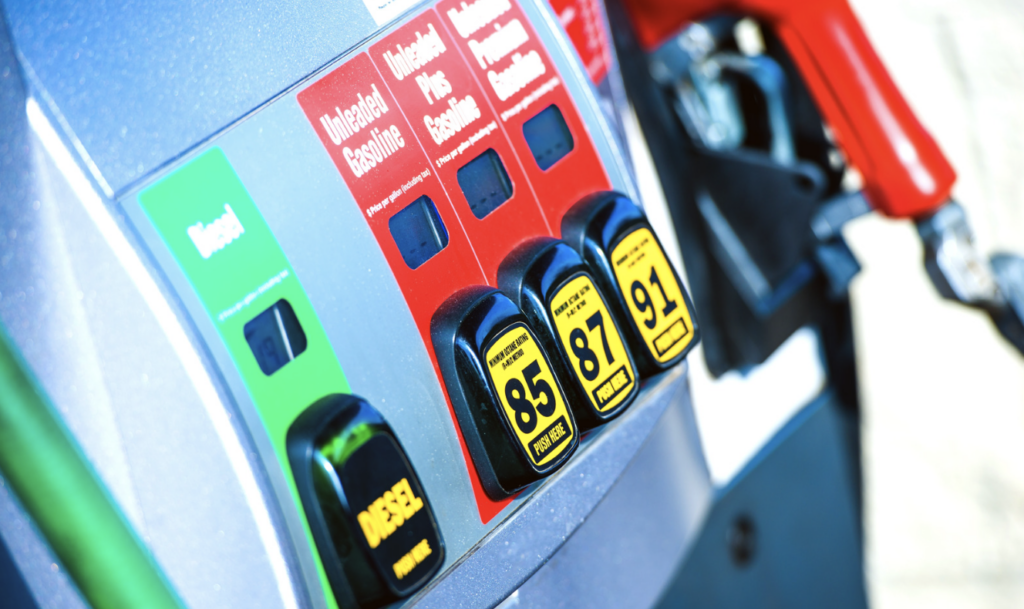In the dynamic world of fuel retail, every drop of gasoline has the power to influence a business’s bottom line. As fluctuating prices, supply chain disruptions, and evolving customer expectations reshape the landscape, convenience stores and gas stations are recognizing the paramount importance of strategic financial management, particularly in fuel inventory. By mastering the delicate balance of cost-effectiveness with efficient fuel inventory practices, these establishments don’t just ensure uninterrupted service but also safeguard their profitability and reputation in the market. Dive in to understand the intricacies of fuel management and the strategies that can elevate your business in this competitive arena.
Strategic Financial Management and Cost Effectiveness
Consider a bustling gas station situated on a busy highway, serving hundreds of vehicles daily. In 2020, the U.S. Energy Information Administration reported fluctuations in gasoline prices, at times swinging by more than 50 cents within a single month. For a station selling 100,000 gallons a month, that’s a potential swing of $50,000 in revenues. Adept fuel inventory management can allow businesses to buy during the lows and sell during the highs, significantly impacting profitability.
Ensuring Constant Availability and Customer Satisfaction
According to a 2019 NACS (National Association of Convenience Stores) report, fuel outages can lead to a 15% decrease in in-store sales, which often have higher profit margins than fuel itself. A scenario where a customer pulls in to refuel, only to find the fuel is out of stock, risks not just the fuel sale but associated in-store sales as well.
Navigating Market Volatility and Building Resilience
The U.S. has witnessed several fuel shortages, with one of the most recent being the Colonial Pipeline shutdown in 2021. Such events led to a surge in demand and a spike in prices. Stations with an optimal fuel inventory were better positioned to serve their customers and benefit from the increased prices, thereby reinforcing their market reputation.
Championing Environmental Responsibility
The EPA estimates that more than 100,000 gallons of gasoline are spilled at service stations each year. Efficient fuel inventory management ensures optimal storage conditions, reducing the risk of leaks and spills. This not only aids in protecting the environment but also saves businesses from potential federal fines and community backlash.
Strengthening Supplier Relations and Negotiating Power
The U.S. convenience store industry, which sells 80% of the country’s fuel, witnessed consolidated profits of $11.1 billion in fuel sales in 2019, according to NACS. By leveraging accurate inventory data, gas stations can negotiate better terms with suppliers, given the volume and profitability at stake. This can lead to more favorable terms and bulk purchasing discounts, fostering more robust business relationships.
Best Practices for Fuel Inventory Management in Convenience Stores and Gas Stations
Building on the strategic importance of fuel inventory management, implementing best practices is crucial for convenience stores and gas stations to optimize operations, maximize profits, and uphold their reputation. Let’s explore the key strategies that industry leaders adopt to ensure their fuel inventory is managed efficiently and effectively.
Regular and Accurate Inventory Monitoring
- Daily Dipstick Readings: Start each day with precise measurements of fuel levels in tanks using dipstick readings or automatic tank gauging systems. This helps in identifying any discrepancies quickly and ensures accurate inventory tracking.
- Utilize Advanced Tank Monitoring Systems: Employ state-of-the-art tank monitoring systems that provide real-time data, alerts for reordering, and notifications for potential leaks, ensuring that you are always in control of your fuel inventory.
Data-Driven Decision Making
- Leverage Inventory Management Software: Invest in robust inventory management software that integrates seamlessly with your POS system, providing you with comprehensive insights, trends, and reports to make informed decisions.
- Analyze Historical Data: Evaluate past sales data and identify patterns or seasonal trends in fuel consumption. This knowledge enables better forecasting, ensuring you have the right amount of inventory at the right time.
Vendor Management and Supply Chain Optimization
- Build Strong Relationships with Suppliers: Foster positive relationships with your fuel suppliers. Reliable partnerships can lead to better terms, priority during shortages, and overall smoother supply chain operations.
- Diversify Your Supplier Base: Don’t rely on a single supplier. Having multiple suppliers ensures that you have options in case of disruptions, helping maintain consistent fuel availability.
Proactive Leakage and Theft Prevention
- Regular Equipment Maintenance: Ensure that all equipment, including tanks and pumps, are regularly maintained and in good working condition. This reduces the risk of leaks, which can lead to inventory loss and environmental hazards.
- Implement Security Measures: Install surveillance cameras and adopt strict access control measures around fuel storage areas to deter theft and ensure that any suspicious activities are recorded.
Strategic Purchasing and Inventory Level Optimization
- Bulk Purchasing During Low Prices: Utilize market insights and purchase fuel in bulk when prices are low. However, you should be mindful of storage capacities and the shelf life of fuel to avoid overstocking.
- Maintain Safety Stock, But Not Excess: Keep an adequate safety stock to prevent run-outs during unexpected demand spikes or supply chain disruptions. However, avoid excessive inventory that can lead to higher holding costs and potential spoilage.
Staff Training and Awareness
- Train Your Staff: Ensure that all staff members are adequately trained in inventory management practices, safety protocols, and emergency procedures. An informed and alert team is your first line of defense in maintaining optimal inventory levels and preventing mishaps.
- Promote Accountability: Establish a culture of accountability where every employee understands the importance of accurate fuel inventory management and is responsible for reporting discrepancies or issues promptly.
In the fast-paced, customer-centric world of convenience stores and gas stations, mastering fuel inventory management is not just a necessity; it is a strategic imperative. Backed by concrete data, it’s evident that fuel inventory management can lead to significant financial benefits, operational excellence, and a formidable market presence. By embracing and excelling in this vetical, businesses can position themselves as reliable, responsible, and innovative leaders in the sector, poised for success in the ever-evolving marketplace.
